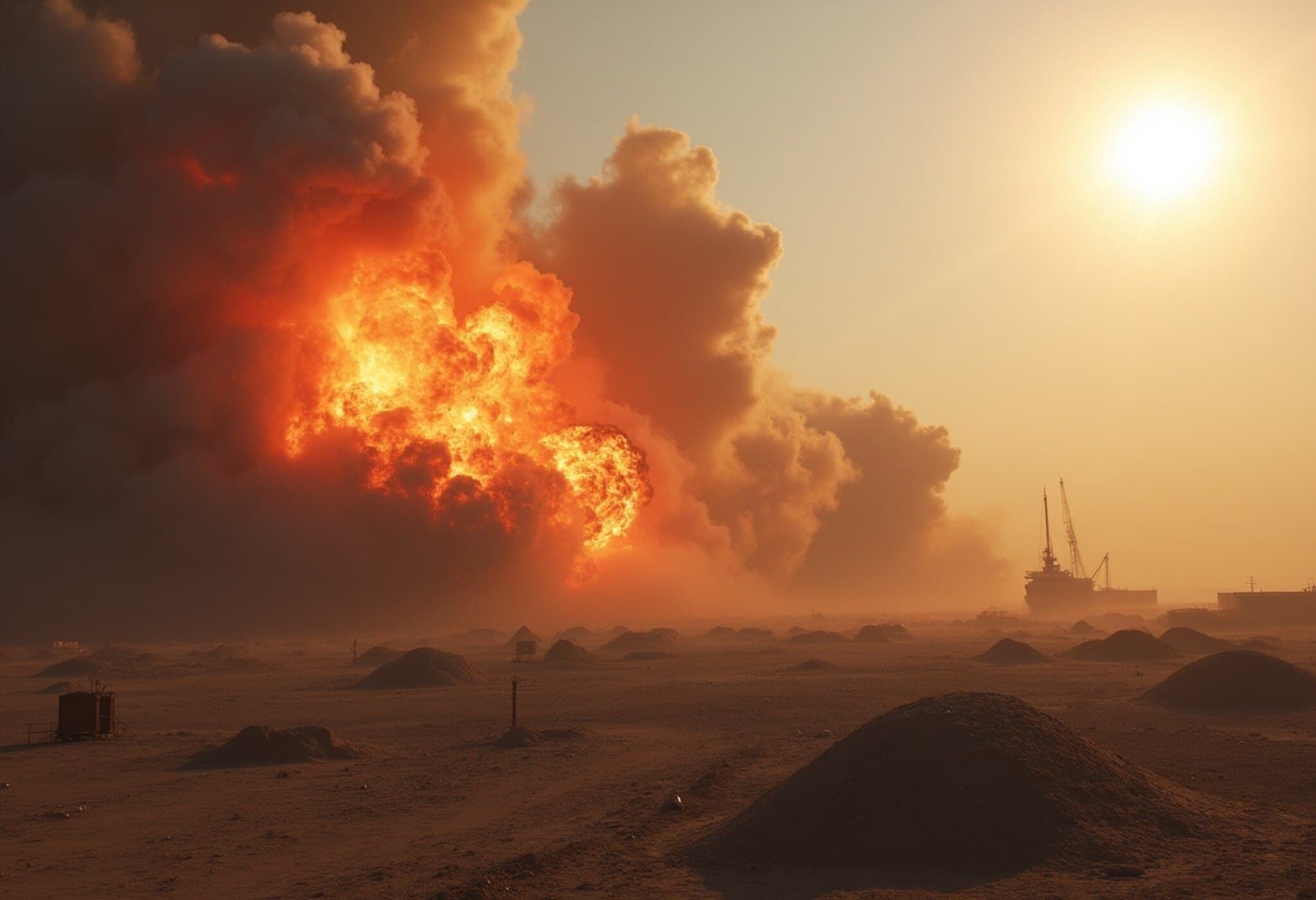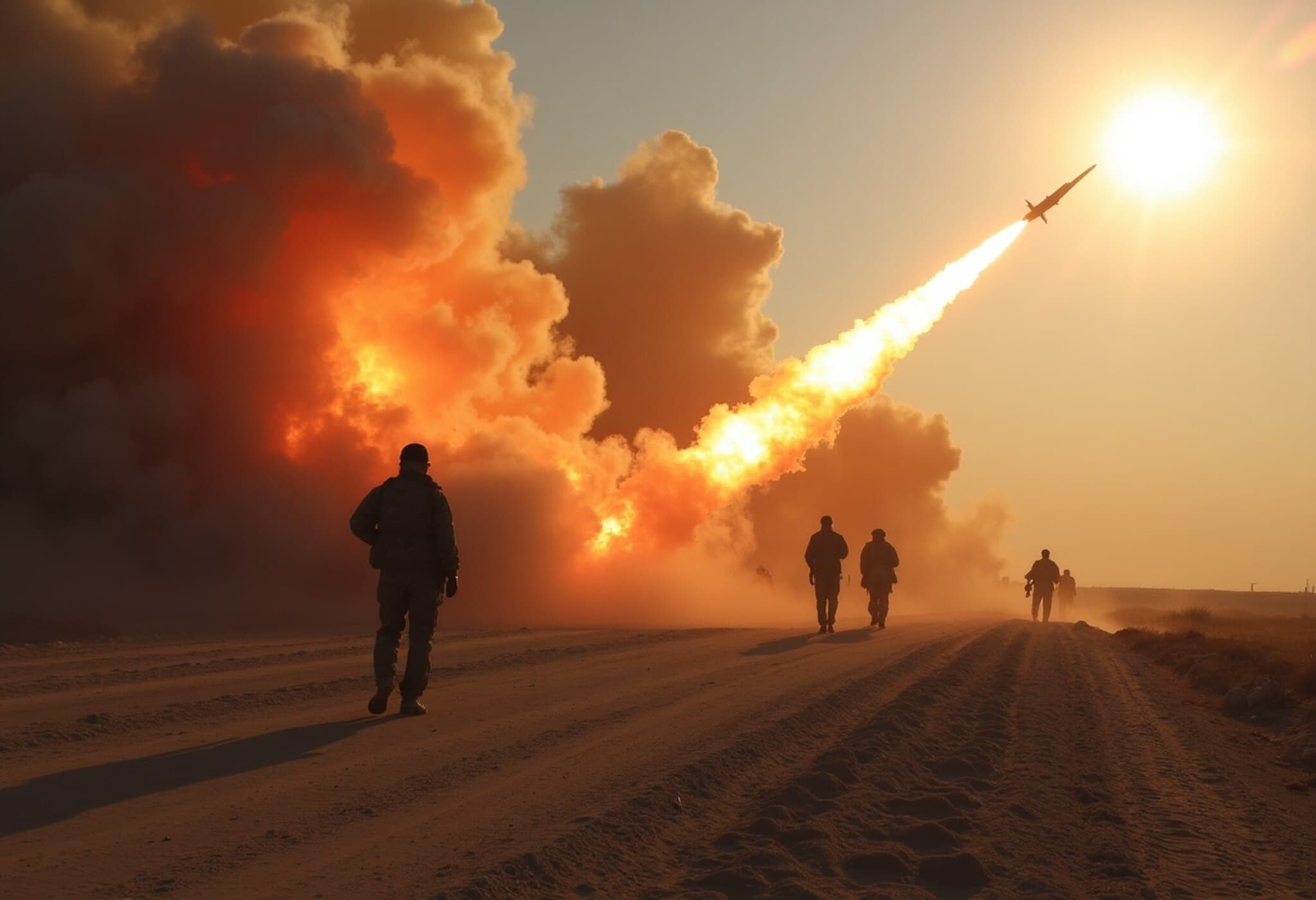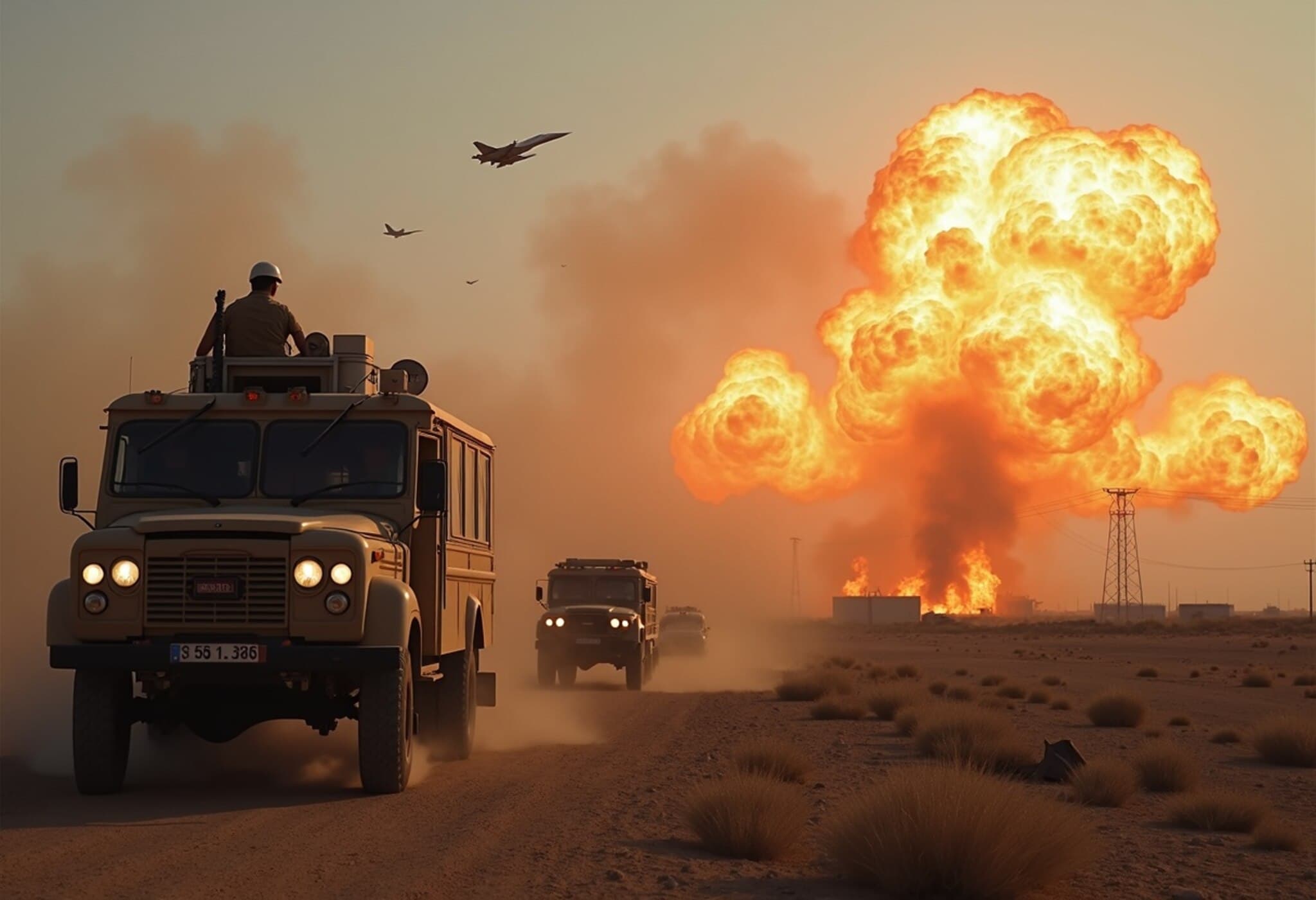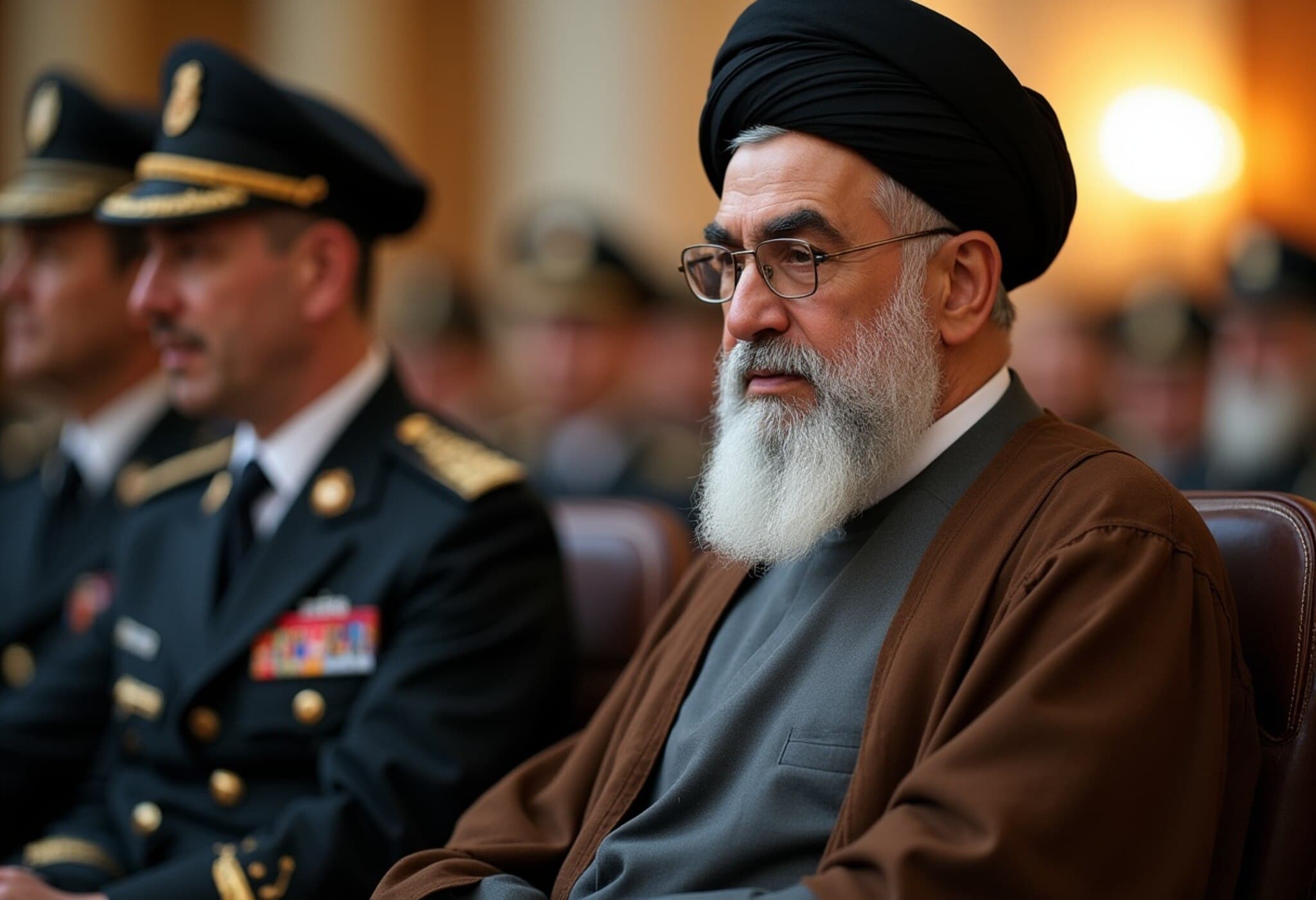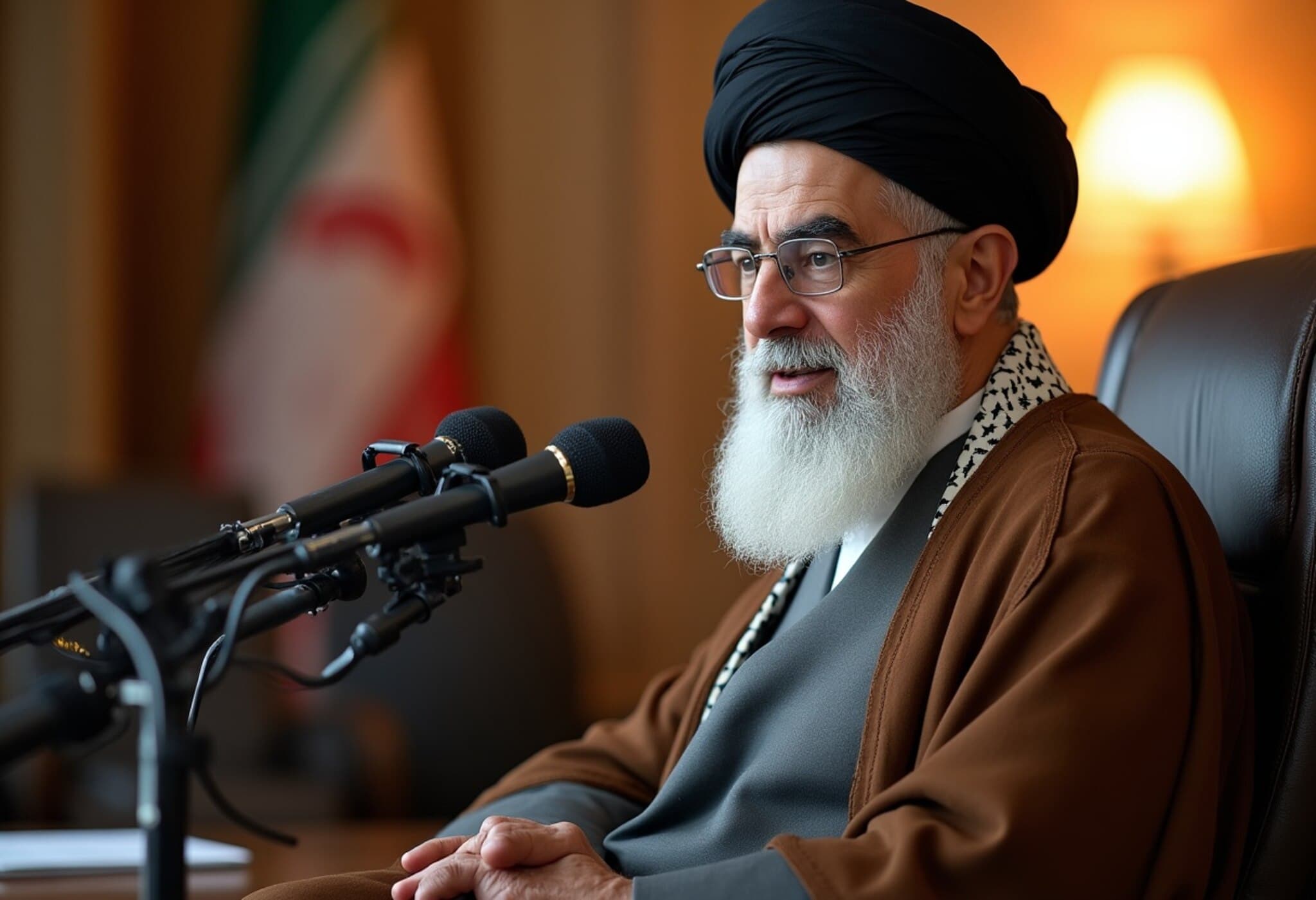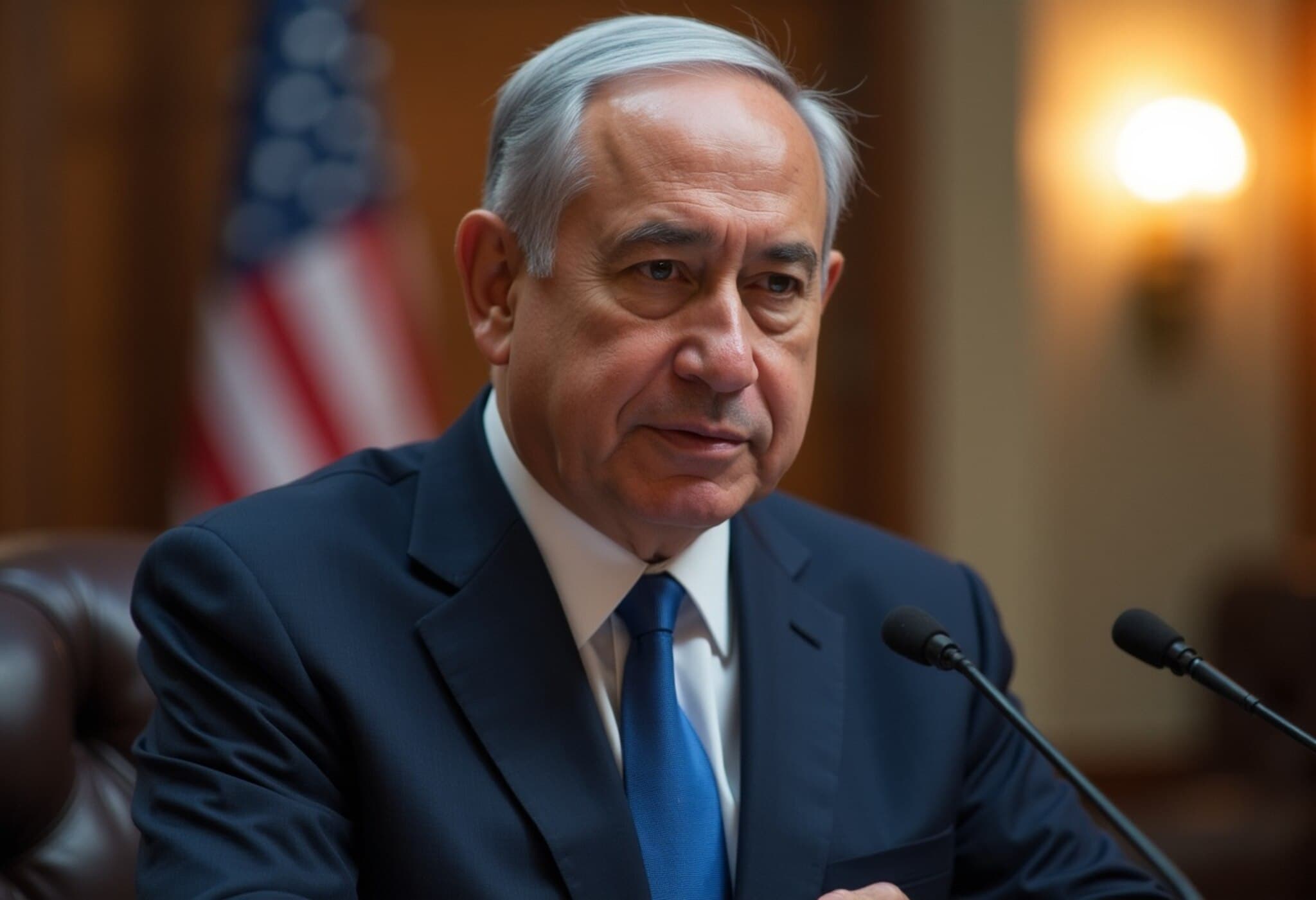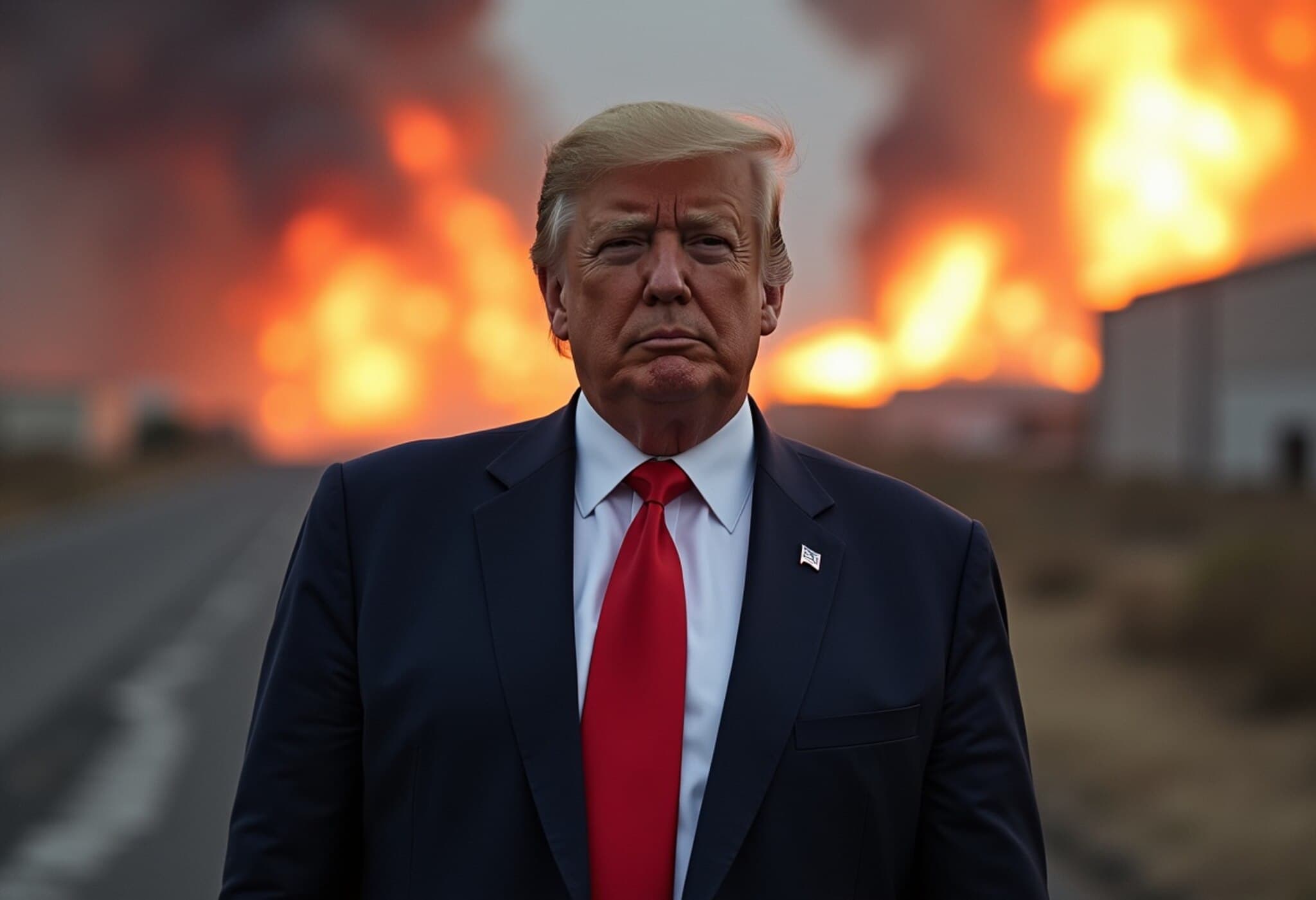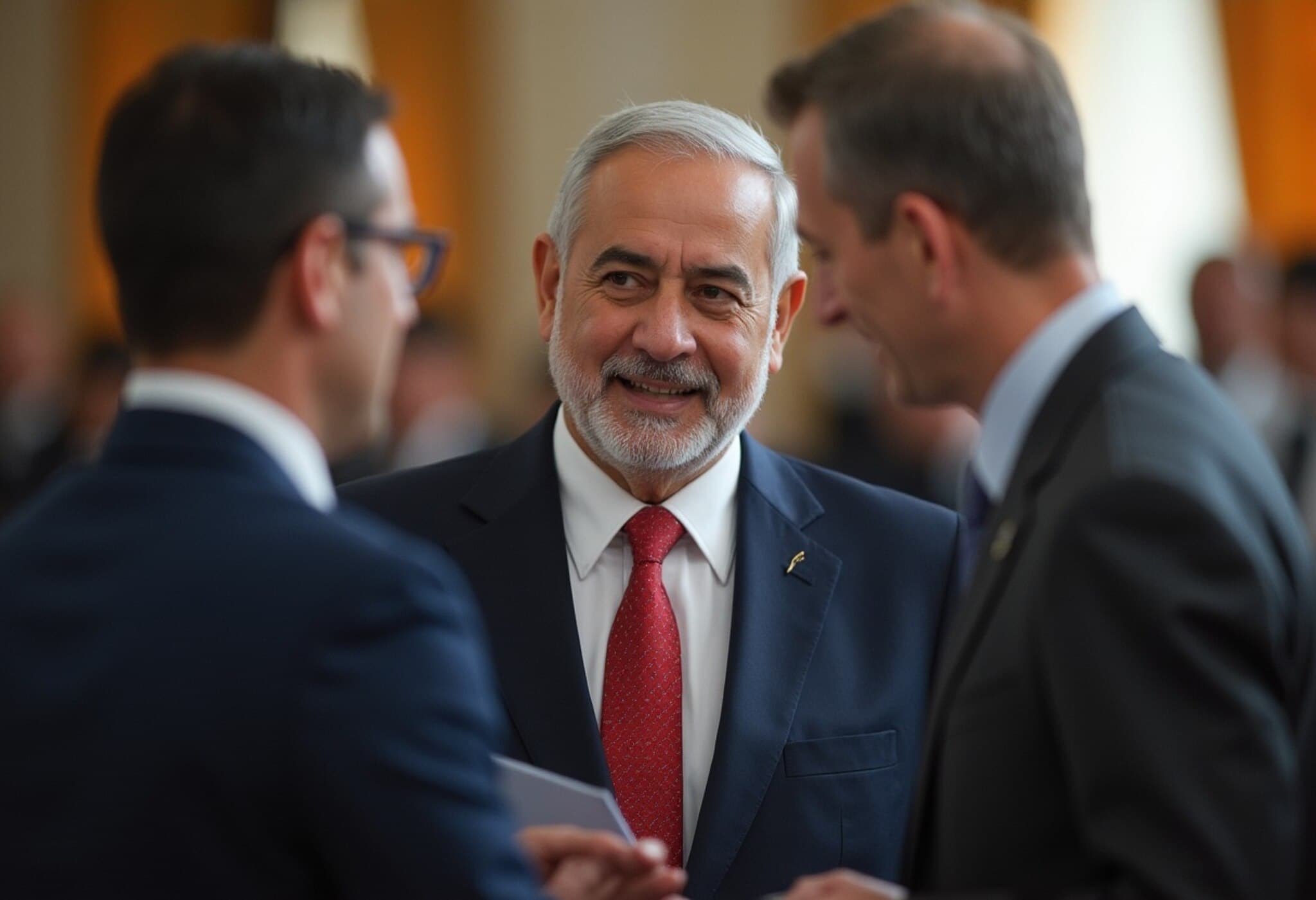US Launches Precision Airstrikes on Iran’s Nuclear Facilities
In a dramatic escalation of tensions, the United States executed targeted airstrikes against Iran’s most fortified nuclear sites early Sunday morning. The operation, authorized by President Trump, involved a coordinated strike on Fordow, Natanz, and Isfahan, marking the first direct military confrontation with Tehran in over 40 years.
Stealth Bombers Deploy Massive Ordnance Penetrators
American B-2 Spirit stealth bombers dropped six GBU-57 Massive Ordnance Penetrators, commonly known as “bunker buster” bombs weighing 30,000 pounds each, on the heavily fortified Fordow nuclear facility. Multiple sources confirmed that these powerful bombs inflicted significant damage, rendering Fordow effectively neutralized.
Coordinated Missile Strike Amplifies Impact
Alongside the bunker busters, the US launched 30 Tomahawk cruise missiles from submarines positioned approximately 400 miles offshore. This dual-pronged attack aimed to cripple Iran’s nuclear capabilities while minimizing broader regional escalation.
Behind The Scenes: The Operation Unfolded
The mission began Friday night when eight KC-135 Stratotanker refueling aircraft departed from Altus Air Force Base, Oklahoma. They rendezvoused en route to Whiteman Air Force Base, Missouri, home of the B-2 bomber fleet. Flight tracking identified these refuelers using the call sign “Nitro” while bombers used “Mytee,” a known B-2 designation, ensuring stealth and operational security.
According to insider disclosures, the six Massive Ordnance Penetrators were precisely delivered on Fordow. The accompanying Tomahawk missiles struck other key nuclear sites, including Natanz and Isfahan, significantly disrupting Iran’s nuclear infrastructure.
Diplomatic Warnings and Strategic Limitations
US officials communicated through diplomatic channels that the strikes were limited in scope, expressly avoiding any intent to overthrow the Iranian regime. The White House rejected suggestions of targeting Iran’s Supreme Leader, signaling efforts to contain the confrontation while delivering a decisive blow.
US Military Posture Remains Heightened
Though the strikes concluded successfully with all aircraft returning safely, US forces remain on elevated alert. The Pentagon has deployed additional naval assets to the region:
- The USS Carl Vinson carrier strike group is positioned in the Arabian Sea.
- The USS Nimitz carrier is en route to the region.
- Destroyers equipped with ballistic missile defense systems have been stationed across the Mediterranean Sea.
These movements underscore ongoing vigilance amid volatile regional dynamics and signal readiness for further contingencies.
President Trump’s Statement and Regional Repercussions
President Trump announced the completion of the mission via social media, describing it as “very successful” and confirmed the safe return of all planes. While calling for peace following the strikes, the operation intensified an already fragile balance in the Middle East, raising concerns about potential retaliatory actions.
In response, Iran reportedly launched fierce missile attacks against targets in Israel, illustrating the volatile and rapidly unfolding situation.

